Certain destinations possess a remarkable quality—the ability to welcome outsiders into their most significant celebrations with open arms rather than keeping visitors at tourist-appropriate distances. These places break down the invisible barriers between locals and travelers during their most important cultural moments, creating rare opportunities for genuine connection.
The best festival experiences are not observed from cordoned viewing areas but lived alongside lifelong participants.
Here is a list of 14 destinations where festivals transform strangers into temporary locals, creating memories that last long after the celebrations end.
Oaxaca, Mexico — Día de los Muertos
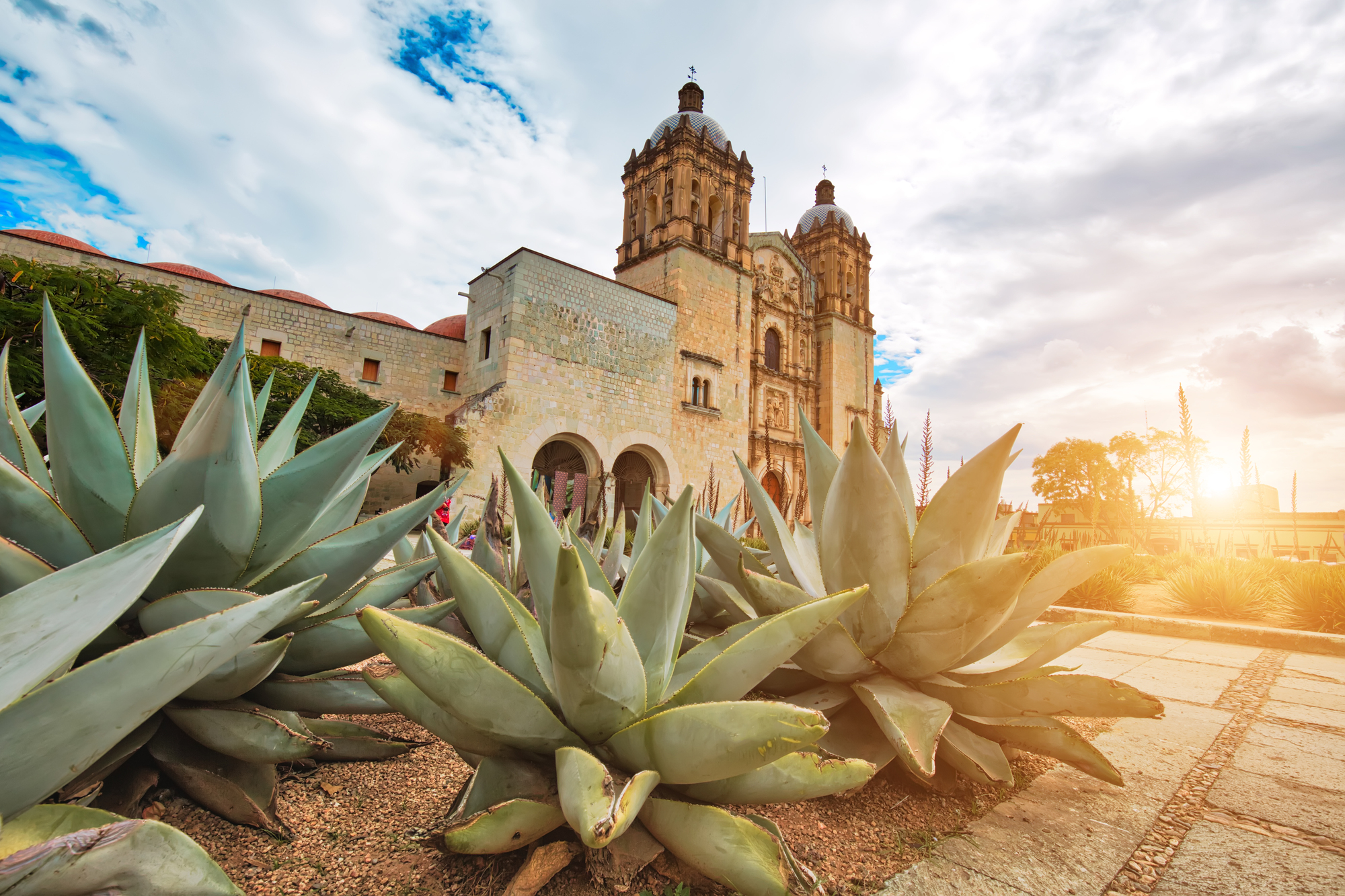
Unlike commercialized Halloween-style events elsewhere, Oaxaca’s authentic Day of the Dead celebrations welcome respectful visitors directly into family rituals honoring ancestors through decorated cemetery visits and community altar-building. Local families often invite travelers to join them in creating intricate sand tapestries, sharing traditional pan de muerto bread, and participating in candlelit cemetery vigils—creating profound connections through shared recognition of life’s impermanence rather than treating death as macabre entertainment.
Trinidad and Tobago — Carnival
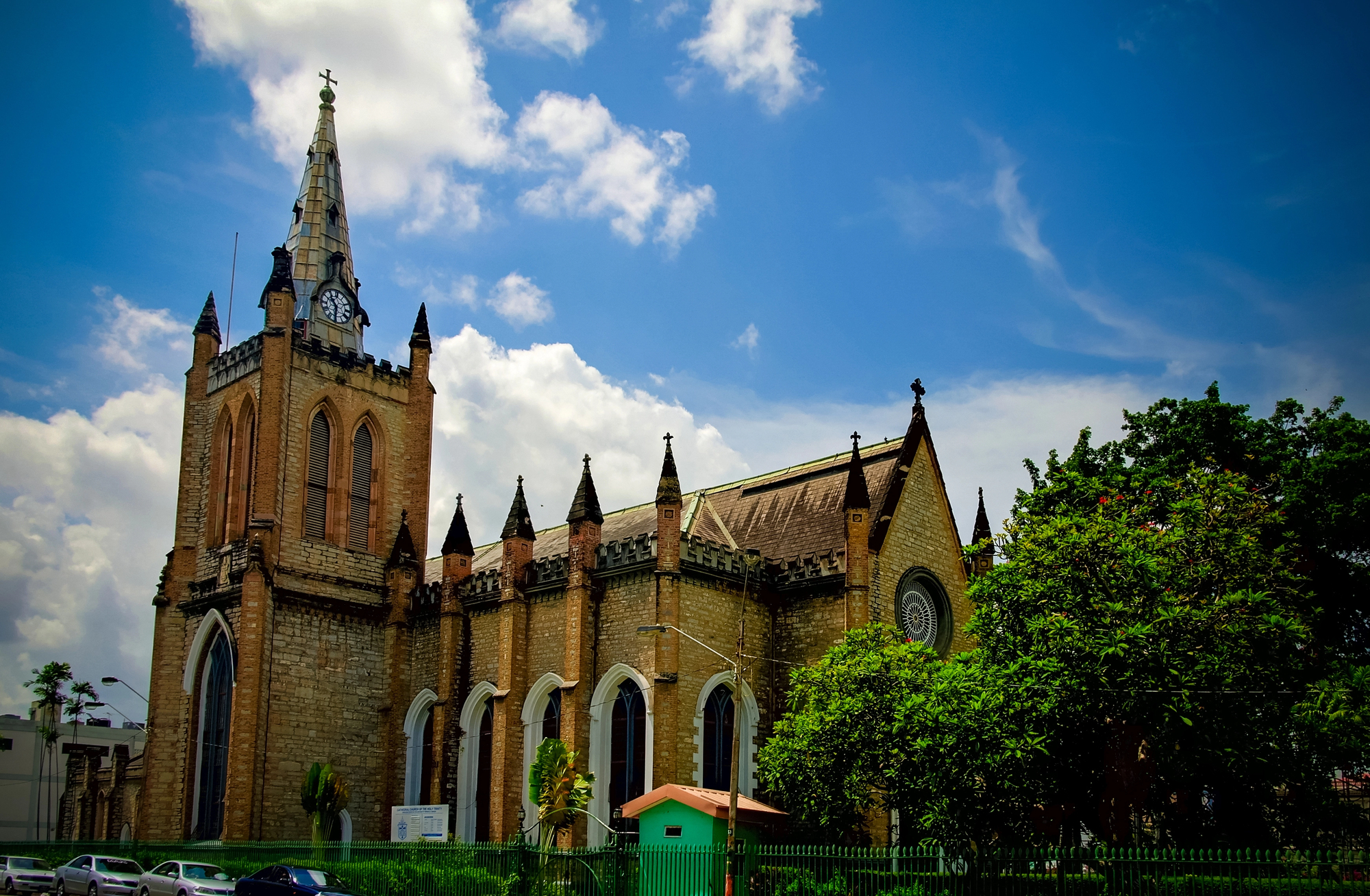
The birthplace of Caribbean carnival culture embraces visitors through neighborhood “mas camps” where locals spend months creating elaborate costumes and practicing choreography—willing to incorporate enthusiastic outsiders into their parade groups. Unlike Rio’s more commercialized spectacle, Trinidad’s celebration maintains genuine community roots where travelers can join street processions after minimal preparation—participating directly rather than merely watching from stands while experiencing the true meaning of “playing mas” alongside people who’ve done so their entire lives.
Pushkar, India — Camel Fair
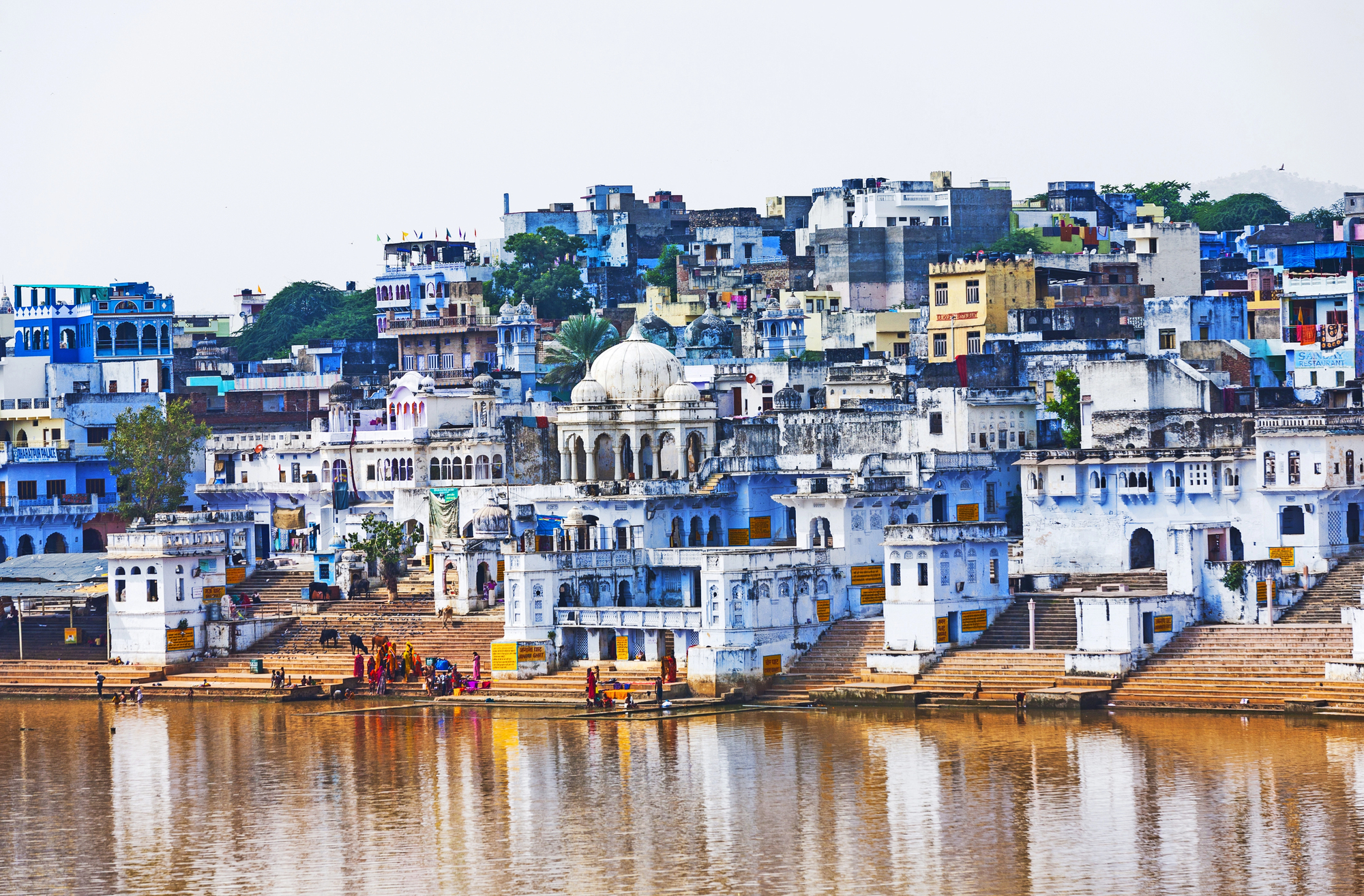
This desert trading festival transforms into a sprawling cultural celebration where visitors find themselves drinking chai alongside camel traders whose families have participated for generations—creating connections that transcend language barriers. Local families frequently invite travelers to join their evening cooking fires while traders eagerly explain the finer points of camel evaluation—creating natural cultural exchanges around shared activities rather than staged performances for tourist consumption.
Like Travel Pug’s content? Follow us on MSN.
Siena, Italy — Palio
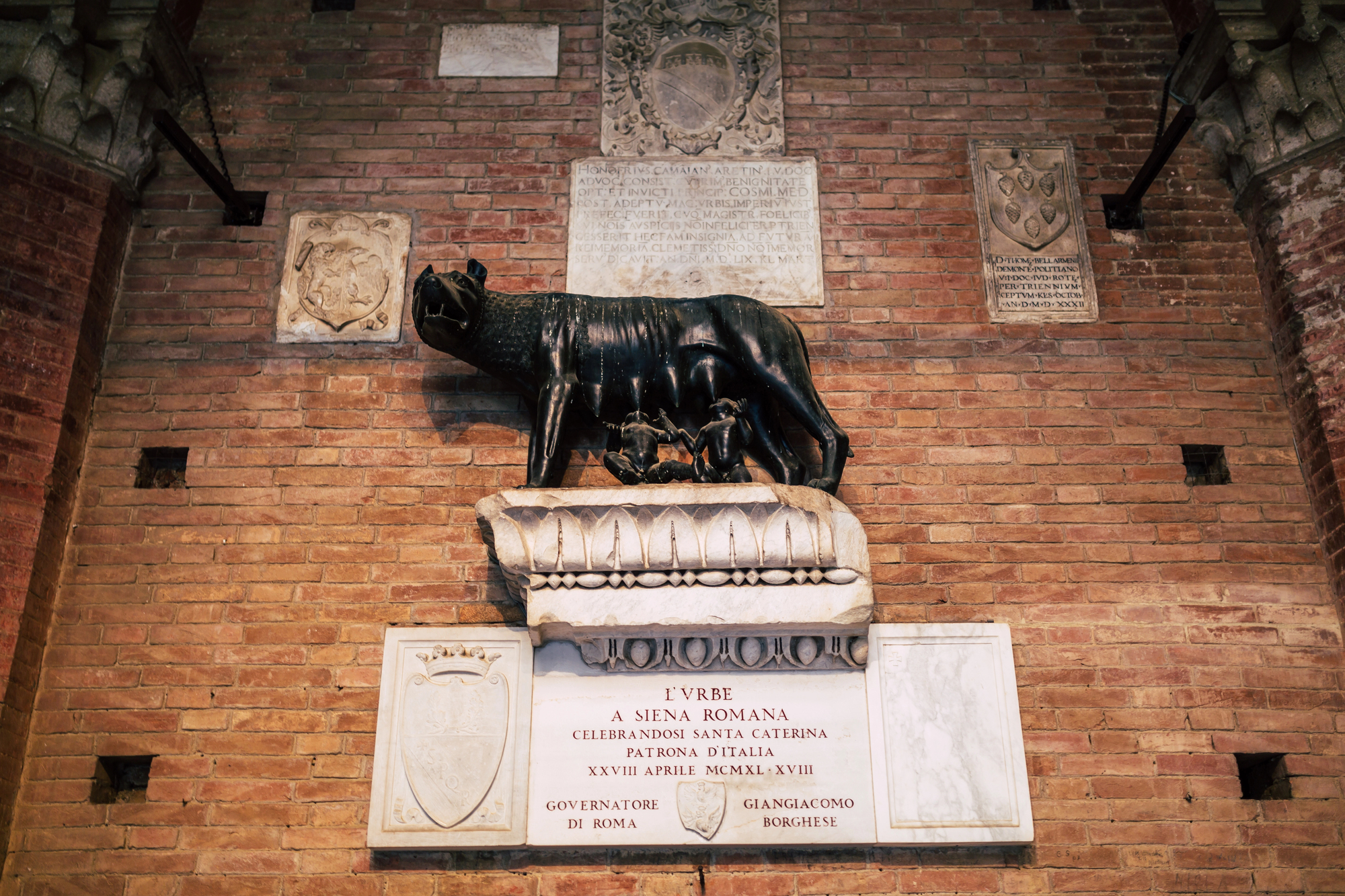
The famous medieval horse race represents just the culmination of weeks of neighborhood celebrations where each contrada (district) welcomes visitors into communal meals, traditional flag ceremonies, and emotional pre-race rituals. Though deeply competitive between districts, Sienese residents proudly explain their neighborhood traditions to interested outsiders—allowing travelers to experience genuine participation by attending lesser-known preparatory events rather than just joining the crowds on race day.
Buñol, Spain — La Tomatina
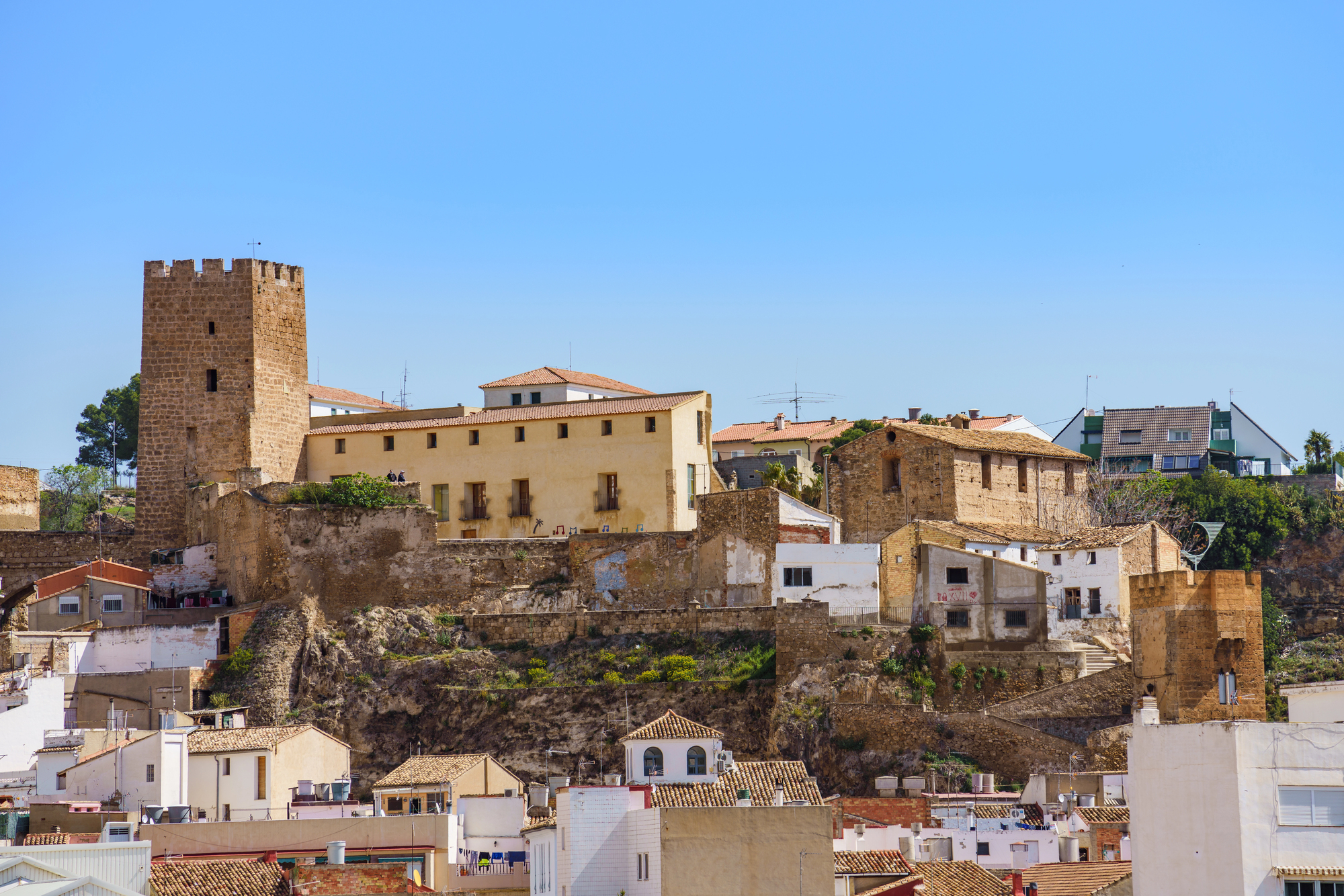
This famous tomato fight achieves the remarkable feat of instantly erasing distinctions between locals and visitors—everyone becomes equally ridiculous, covered head-to-toe in tomato pulp within minutes of the cannon blast. The small-town festival creates immediate camaraderie through shared absurdity, with local families often “adopting” travelers for post-fight cleanup and paella meals—proving that sometimes the fastest way to break down cultural barriers involves throwing overripe produce at strangers.
Bali, Indonesia — Nyepi
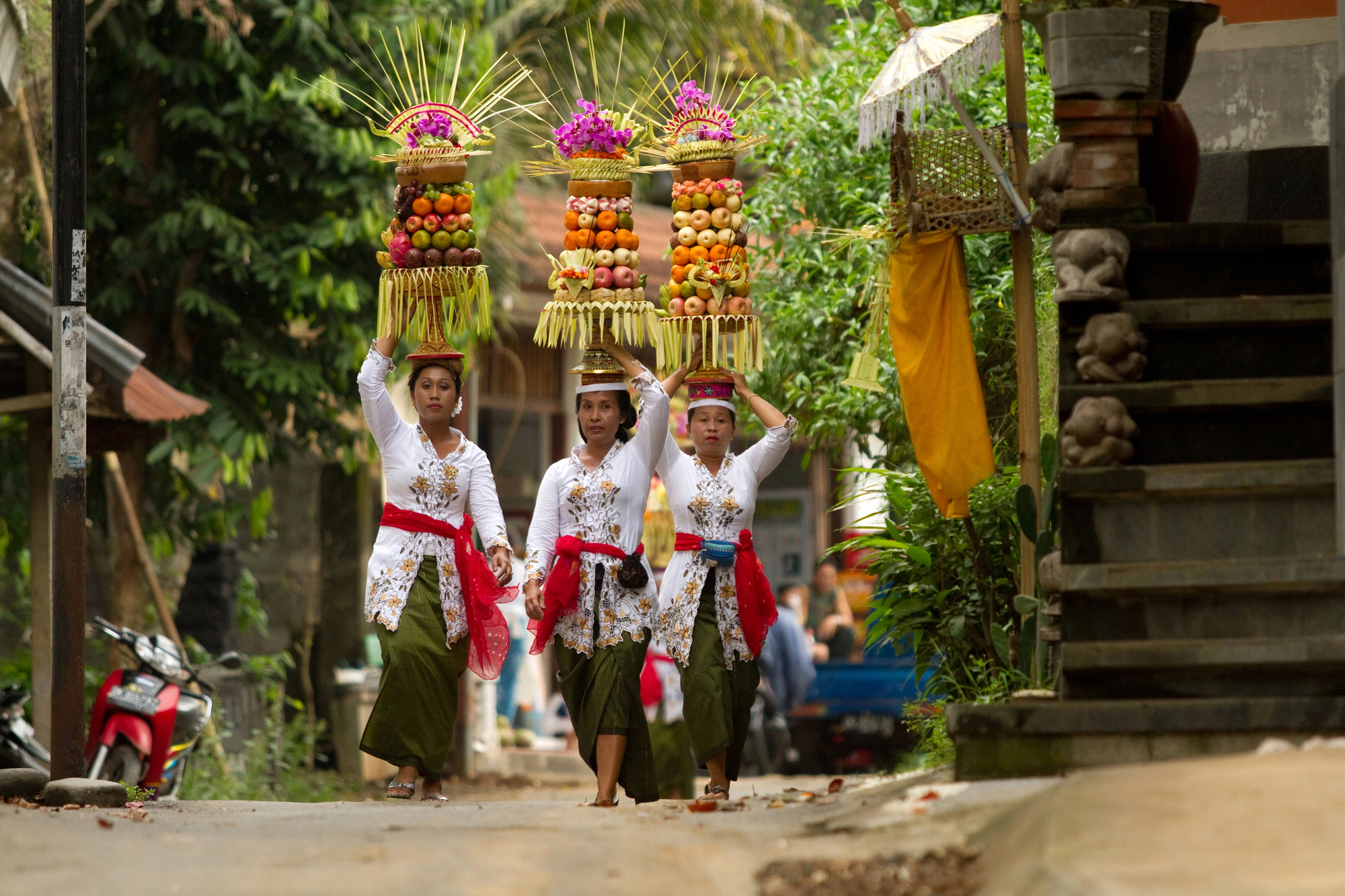
The Balinese “Day of Silence” welcomes outsiders into both the raucous pre-silence Ogoh-Ogoh monster parades and the subsequent 24-hour period of complete quiet and introspection—creating cultural immersion through remarkable contrast. Despite being predominantly Hindu celebrations, local communities readily explain traditions to respectful visitors willing to honor silence restrictions—demonstrating how meaningful participation often involves embracing stillness rather than constant activity.
Like Travel Pug’s content? Follow us on MSN.
New Orleans, USA — Mardi Gras

Beyond the commercialized Bourbon Street experience lies the true local celebration where neighborhood krewes welcome visitors into their traditions through second line parades, community king cake parties, and informal street celebrations. Residents eagerly teach newcomers traditions like catching and collecting specific parade throws—creating cultural exchanges that continue year-round through social aid and pleasure clubs maintaining community connections between carnival seasons.
Gion Matsuri, Japan — Kyoto
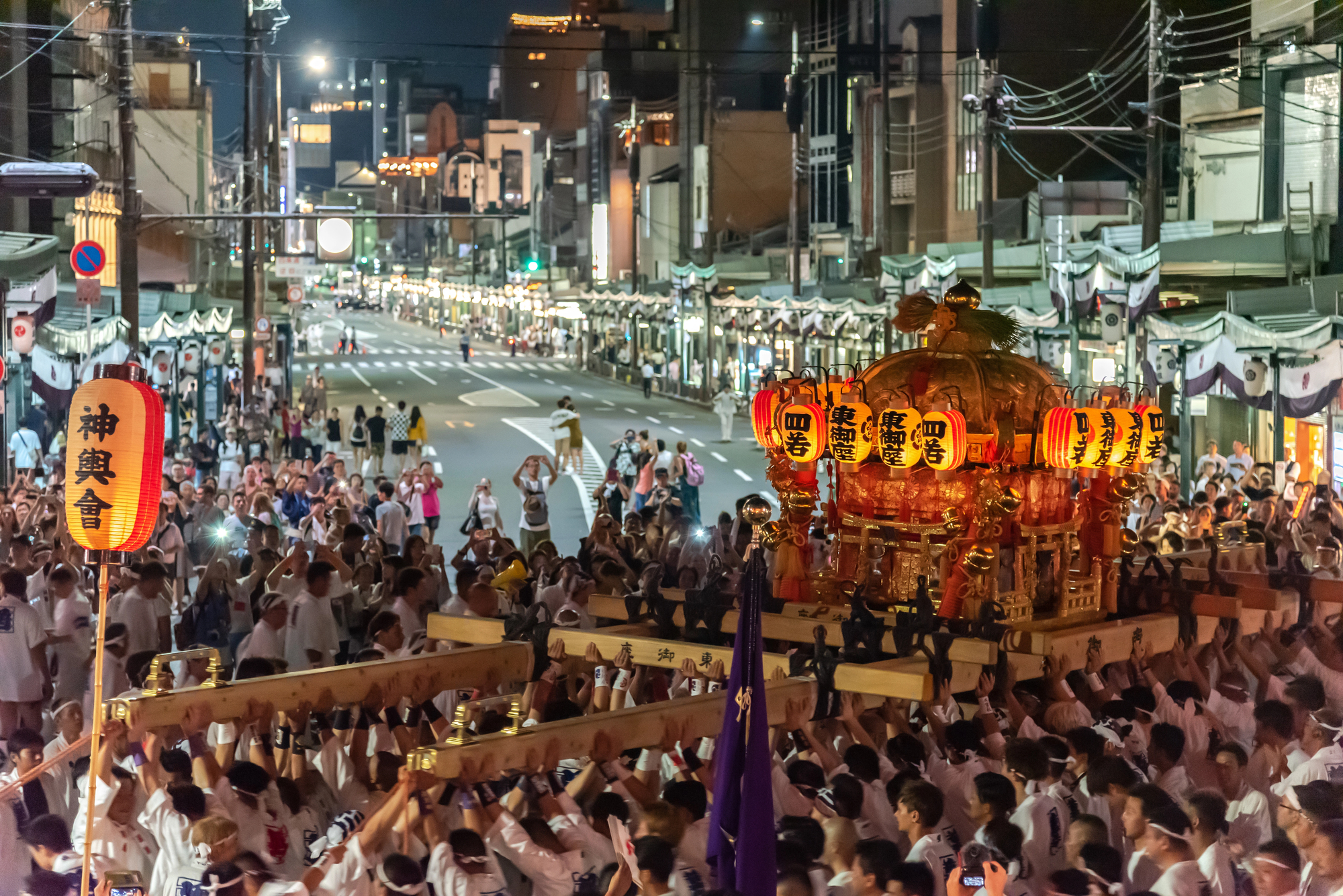
This ancient month-long festival opens normally reserved Kyoto culture through neighborhood events where local families display heirloom treasures inside their homes and invite visitors to join traditional evening street parties. Despite Japan’s reputation for cultural formality, the festival atmosphere encourages spontaneous connections—travelers might find themselves helping carry massive wooden floats alongside families who’ve participated for generations or being taught traditional festival foods by neighborhood grandmothers.
Essaouira, Morocco — Gnaoua Festival
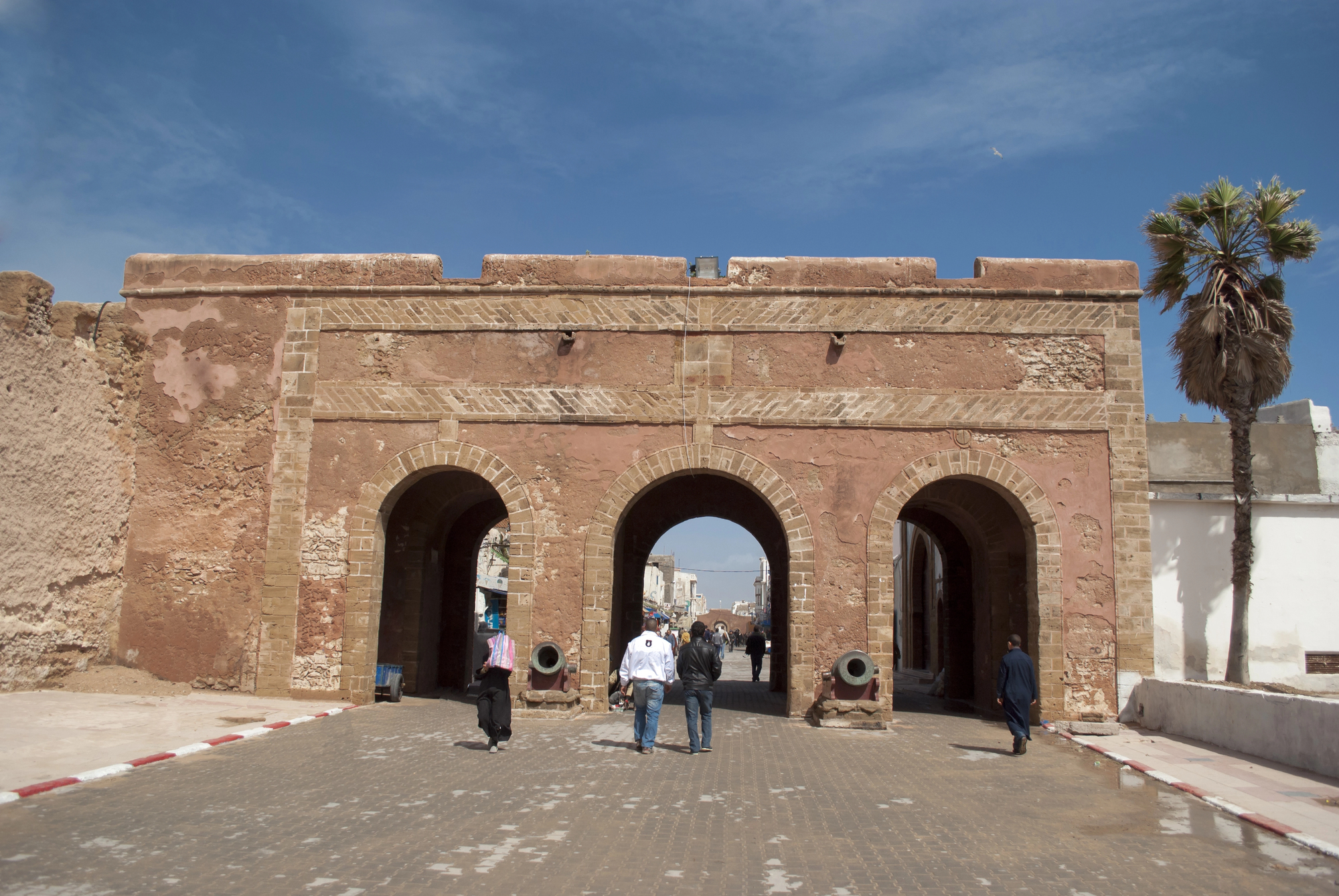
This coastal town’s music celebration creates a rare space for cultural exchange through all-night performances where visitors commonly find themselves invited to join drum circles or learn basic dance movements alongside local participants. Unlike more tourist-oriented Moroccan experiences, the festival maintains authentic spiritual connections to Gnaoua tradition—musicians often invite interested travelers into impromptu workshops between scheduled performances, creating musical connections that transcend language barriers.
Like Travel Pug’s content? Follow us on MSN.
Galway, Ireland — Arts Festival
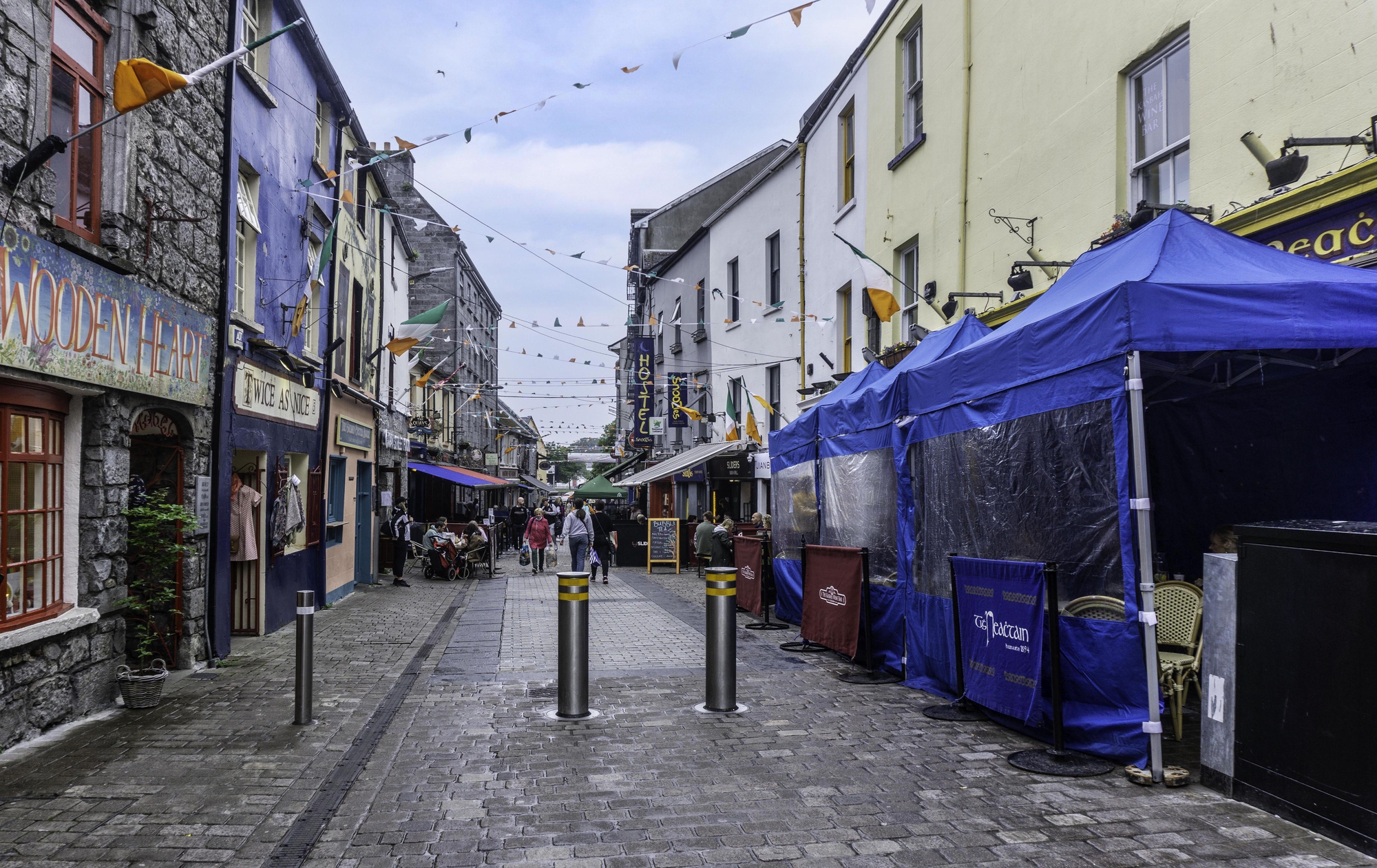
The western Irish city transforms during its two-week cultural celebration where traditional music spills from pubs while theatrical performances occupy streets—creating environments where visitors naturally join spontaneous sessions alongside locals. Irish traditions of conversation and storytelling make festival participation nearly automatic—travelers frequently find themselves drafted into impromptu street performances or engaged in philosophical debates with local artists over pints of Guinness long after official events conclude.
Port of Spain, Trinidad — J’ouvert
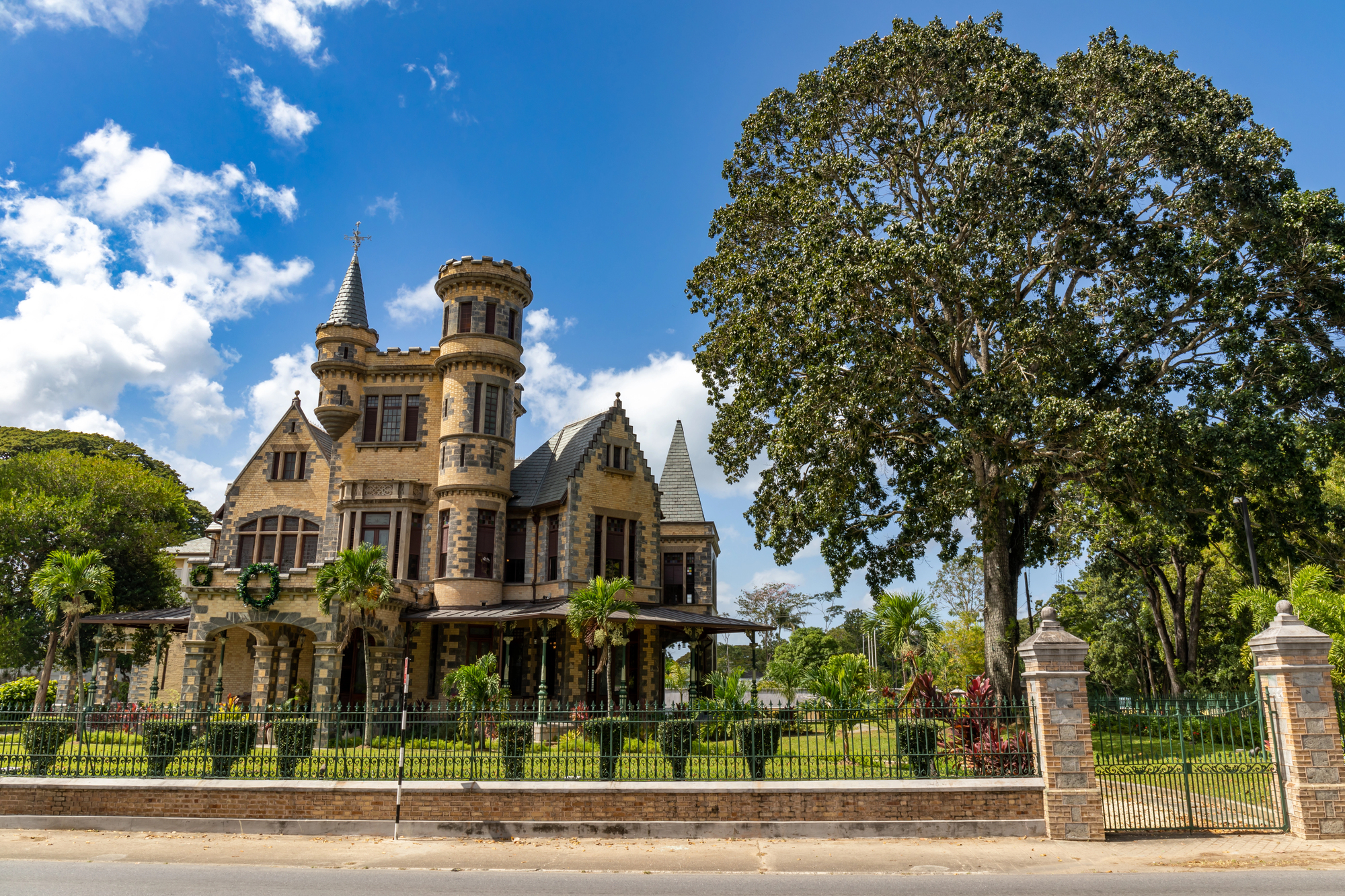
The pre-dawn opening ceremony of Trinidad Carnival covers participants in mud, paint, and oil, creating instant community through shared transformation while dancing through the streets as day breaks. Unlike the more structured main carnival events, J’ouvert maintains raw cultural authenticity; local participants readily explain traditions to newcomers while sharing homemade rum concoctions from repurposed water bottles as traditional rhythms create connections across cultural boundaries.
Phi Ta Khon, Thailand — Ghost Festival
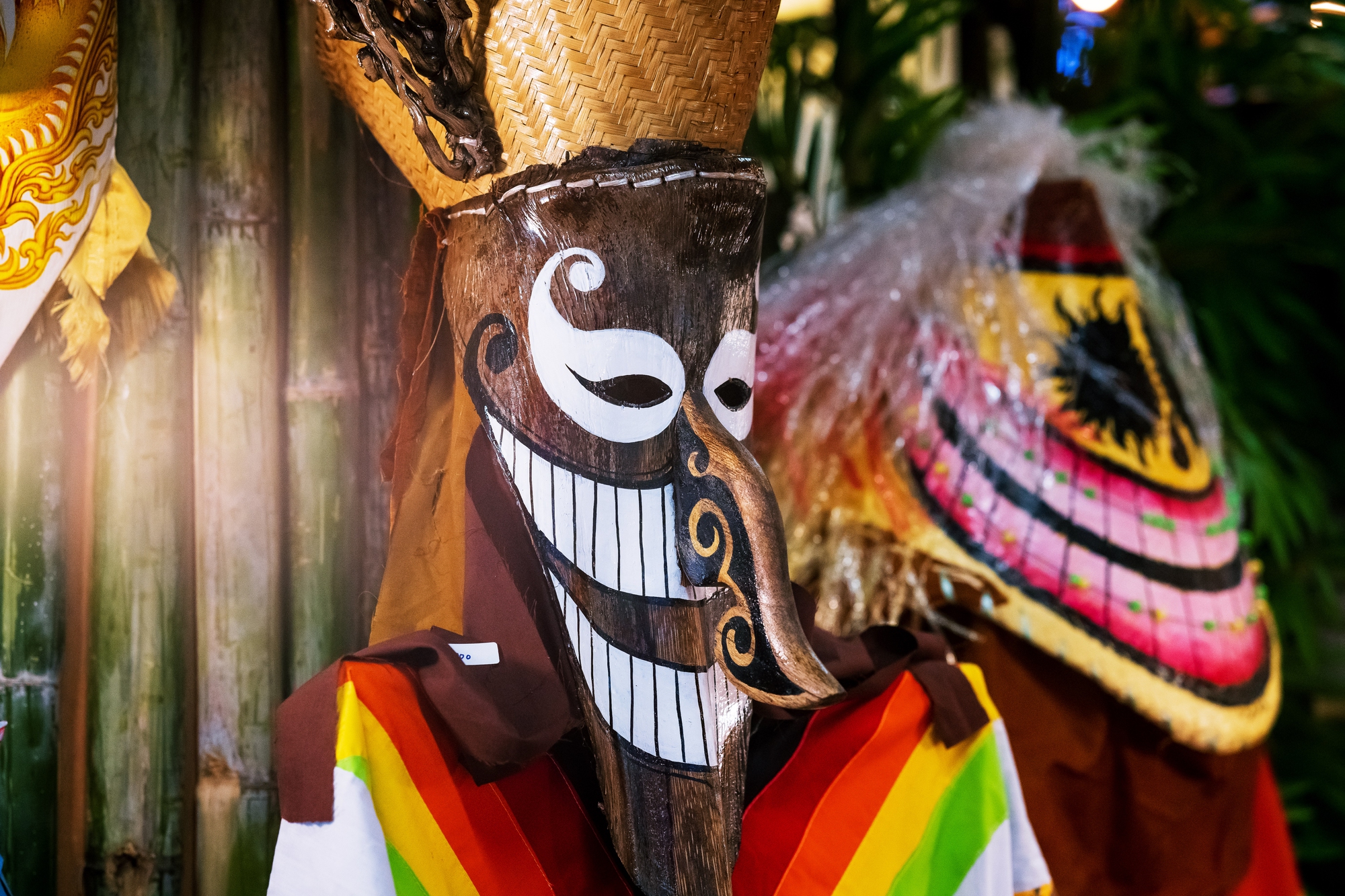
This lesser-known celebration in rural Northeastern Thailand transforms participants through elaborate spirit masks and mischievous behavior, with locals enthusiastically helping visitors create their ghostly costumes. Despite its remote location and spiritual significance, festival participants welcome respectful outsiders—families often “adopt” travelers for home-cooked meals and costume preparation, demonstrating that authentic cultural exchange happens most naturally in places yet to develop tourist/local divisions.
Like Travel Pug’s content? Follow us on MSN.
Pamplona, Spain — San Fermín
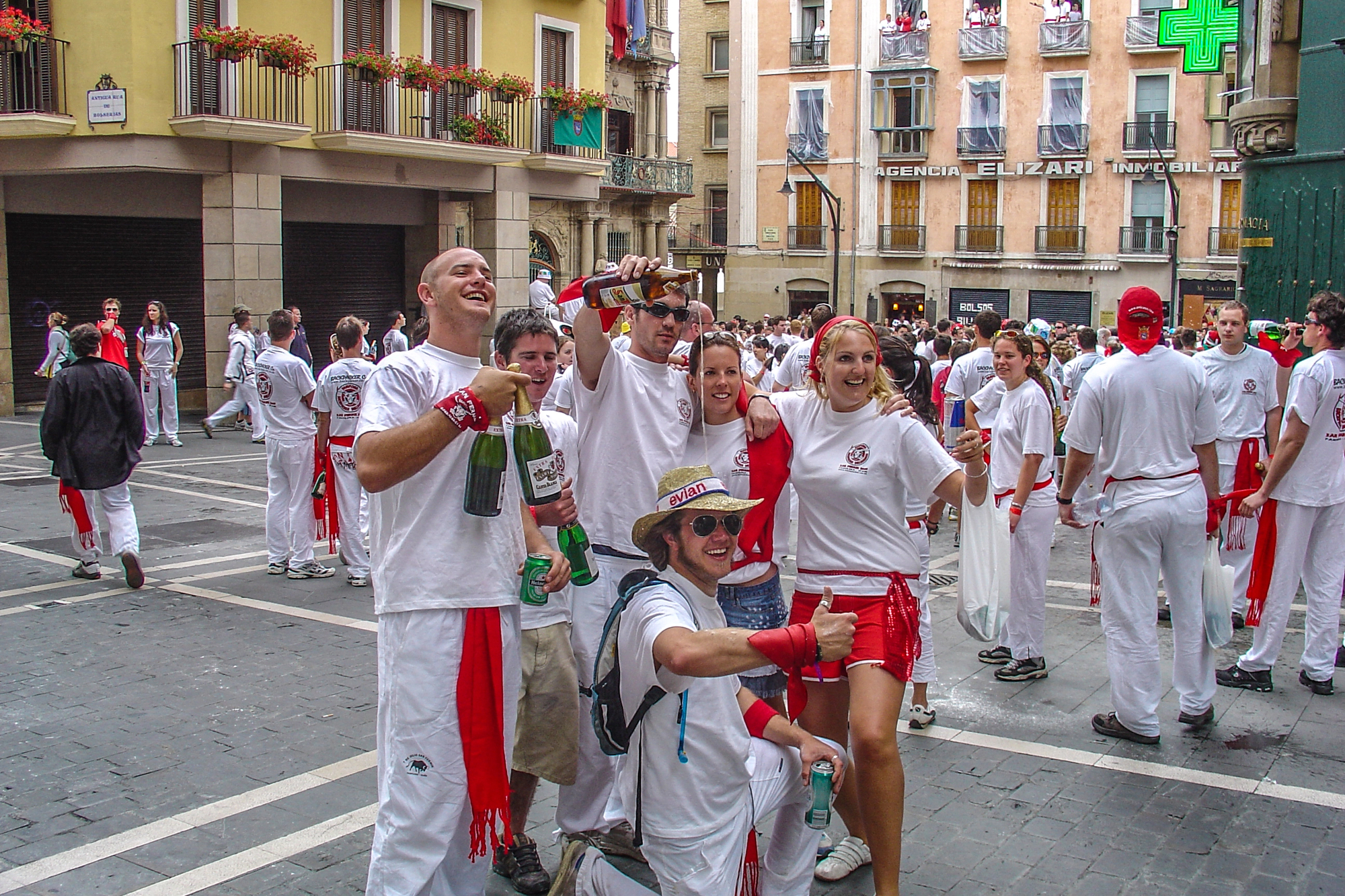
Beyond the famous bull runs, this Basque celebration creates immersive cultural experiences through neighborhood festivals where families welcome visitors to join traditional meals, folk dances, and communal wine drinking from shared leather bags. Local peñas (social clubs) often invite travelers to join their all-day celebrations, recognizing that festival traditions spread globally through genuine participation rather than observation, with a white-and-red dress code instantly incorporating outsiders into the visual community.
Bahia, Brazil — Lavagem do Bonfim
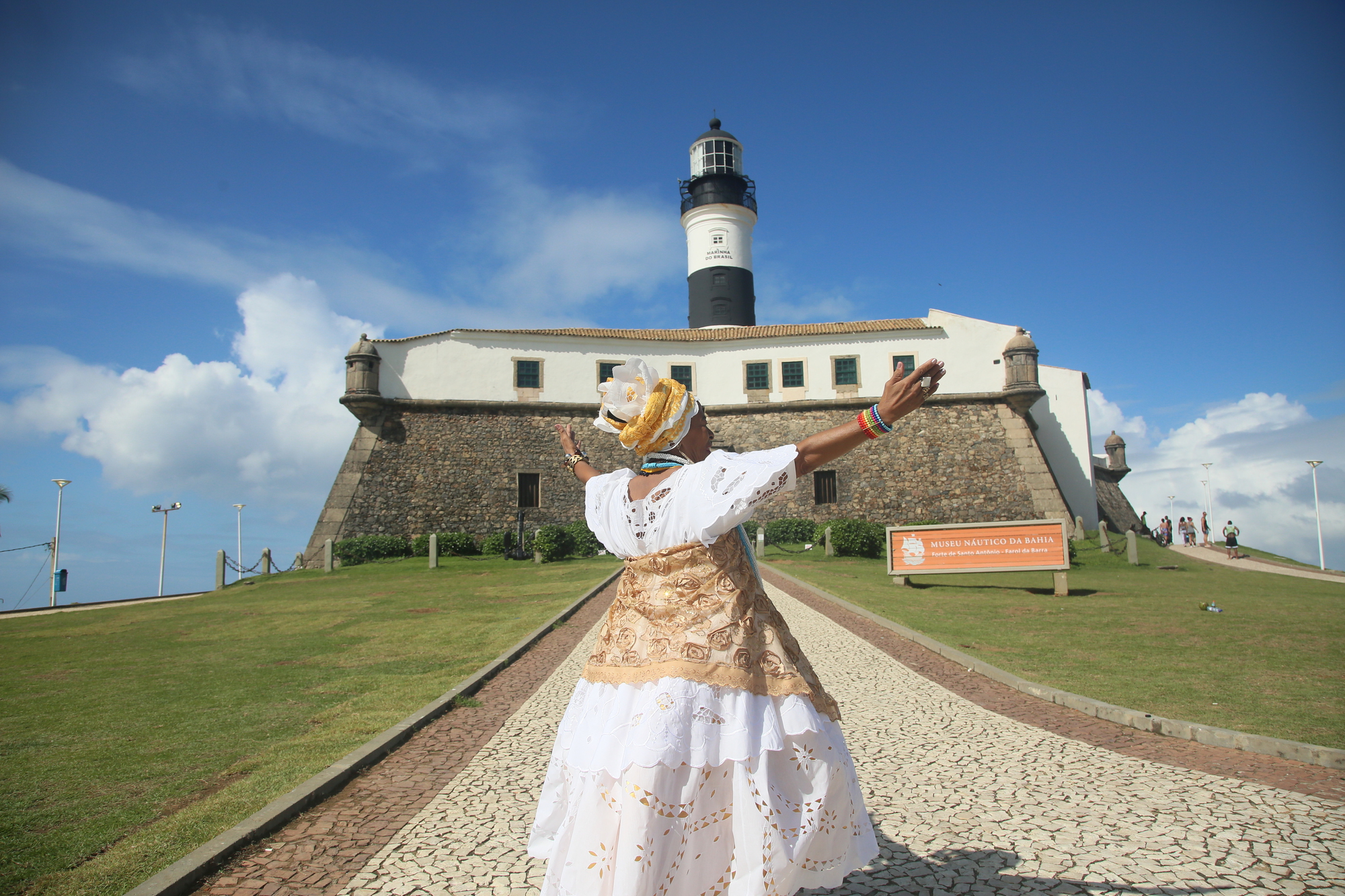
This syncretistic celebration combines Catholic and Candomblé traditions through a massive processional washing of church steps with scented water—creating spaces where visitors participate alongside devotees from both spiritual traditions. Unlike commercialized Carnival experiences, this religious celebration maintains authentic community connections—travelers find themselves welcomed into ritual processions, offered traditional white clothing, and invited to join post-ceremony feasts by families maintaining traditions dating to the colonial era.
Festival Frontiers: Beyond Tourist Experiences

These remarkable destinations demonstrate how celebrations can create temporary communities incorporating outsiders into authentic cultural moments through shared experience rather than observation. The distinguishing feature connecting these diverse festivals involves the community’s willingness to share significant traditions without reducing them to performances—creating environments where cultural exchange happens naturally through participation.
For travelers seeking connections beyond standard tourist experiences, these festivals offer rare opportunities to temporarily become part of something much larger than themselves while creating memories based on genuine human connection.
More from Travel Pug

- 20 Destinations That Were Once Thriving but Are Now Quietly Disappearing
- 13 Destinations Where Tourists Regularly Regret Their Trip
- 20 Once-Popular Beach Towns That Are Now Ghostly Empty
- 10 Under-the-Radar Mountain Towns That Are Both Affordable and Beautiful
- Take a ‘Learning Vacation’ in These 20 Extraordinary Places
Like Travel Pug’s content? Follow us on MSN.
